OLED (Organic Light Emitting Diodes) are light emitting panels made from organic (carbon based) materials that emit light when electricity is applied. OLED are used today to make beautiful and efficient displays and large, efficient and beautiful lighting panels.
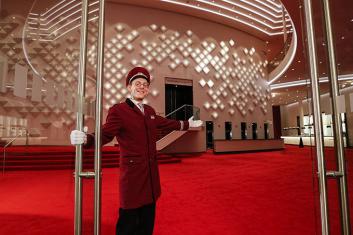
An OLED 'light bulb' is a thin film of material that emits light. OLED is the only technology that can create large "area" lighting panels (as opposed to point or line lighting enabled by LEDs and fluorescent bulbs). OLEDs can be used to make flexible and transparent panels, and can also be color-tunable. OLEDs emit beautiful soft diffused light - in fact OLEDs lighting is the closest light source to natural light (with the exception of the old incandescent lamps).
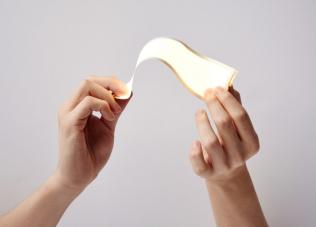
The OLED lighting market
OLED is an amazing technology for lighting - it creates beautiful, efficient and healthy light sources. OLED lighting has great promise but unfortunately the high price of production is a challenge that no one has managed to overcome and OLED lighting remains a small niche industry as of 2021.
In the early years, several large lighting makers (including GE, Philips, OSRAM, LG, Konica Minolta, Panasonic, NEC and others) had active OLED lighting programs, but slowly almost all of these companies dropped out of the market - for various reasons - but the main one being that the large investments in large scale production are not certified to lead to market adoption and the competition with LED lighting is extremely difficult.
There are several companies that still develop and produce OLED lighting panels, but the production volume is still small and most makers target niche markets such as the automotive, health and premium designer markets. Some makers are also offering OLED lamps - click here for our OLED lamp listings.
Further reading
- An introduction to OLEDs
- OLED Technology explained
- Transparent OLEDs
- Flexible OLEDs
- The OLED Handbook, our very own comprehensive guide to OLEDs
Flexible OLED smart packaging developer Inuru raised €2.3 Million
Germany-based OLED lighting developer Inuru announced that it has completed its Series-A funding round. Inuru raised â¬2.3 Million, led by Warsaw based venture capital fund ARIA.
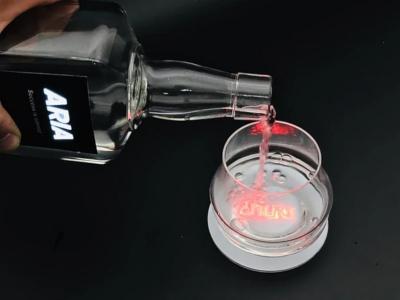
Inuru aims to use the funds to accelerate the production of affordable active packaging and labeling products. Inuru uses flexible OLED lighting devices to develop "luminous label and packaging solutions".
The NSRP awards OLEDWorks and Acuity Brands with a $150,000 project to research marine OLED lighting
The US National Shipbuilding Research Program (NSRP) awarded OLEDWorks and Acuity Brands $150,000 towards a marine lighting research project.
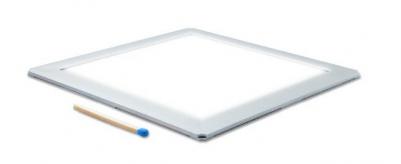
This is a follow-on projector to the earlier Low-Voltage Shipboard Lighting Feasibility Study project. This new 12-month project will refine shipboard configuration, optimize size & weight to maximize the inherent advantages of the OLED technology.
Coca Cola is using flexible OLED lighting in its Star Wars Singapore promotion campaign
Coca Cola has embedded flexible OLED lighting panels in 8,000 bottles in Singapore, as part of a new Star Wars promotion campaign.
Each device also includes a small battery - enough for around 4,000 seconds of light. Inuru provided the OLED technology for this beautiful (if wasteful) application.
The US DOE awards $1 million to develop silver inks to replace ITO in OLED lighting panels
The US Department of Energy (DoE) awarded a $1 million project that aims to replace ITO with a metal-based micro-grid with an aim to improve the performance of OLED lighting panels.
This research project is led by Professor Paul Leu from the University of Pittsburgh and Texas-based Electroninks which provides the silver-based inks. Electroninks’ metal inks can cure at low temperatures, be printed into patterns, and has conductivity comparable to bulk metal. Using a new metal patterning technique that prints the metal grid directly on glass or plastic, it is possible to create micro-grids that can outperform ITO at a lower manufacturing cost.
The Fraunhofer FEP Monarch flexible transparent OLED lighting kit - hands on review
In 2018 the Fraunhofer FEP institute announced it is starting to offer a design kit that includes several flexible and transparent OLED lighting panels. The Monarch Kit includes several colored butterflies samples, and the researchers were kind enough to send us one such kit for a short review.
So first of all, these OLEDs look beautiful. They shine a beautiful uniform colored light and are very nicely done. There's not much functionality, but it shows the potential of flexible OLED lighting quite nicely.
Here is Audi's Digital OLED lighting taillight technology
In August 2019 Audi announced a new OLED lighting technology, called Digital OLED, which uses multi-segment OLED taillight modules that can show signs and information - or just display new lighting designs. This is not a new idea, but it is interesting to see Audi's new take on it. Audi unveiled the technology at the ISAL19 trade-show:
The modules use 50 red OLED triangular panels that can be controlled like a dot-matrix display. The OLED panels were provided by OLEDWorks.
Here are Fraunhofer's modular flexible OLED lighting strips
A few days ago the Fraunhofer FEP institute announced that it developed OLED light strips made from tiled flexible OLED lighting panels, and now we have these nice looking strips on video:
The video was taken at Fraunhofer FEP's booth at the International Symposium on Automotive Lighting 2019 in Darmstadt, Germany. The strips, produced in a sheet-to-sheet process can be connected without creating visible interruptions to the active surface. This makes it possible to produce infinitely long OLED light strips. Each segment can be controlled individually - so that different dimming or dynamic signalling can be achieved.
Fraunhofer researchers developed flexible modular OLED light strips
The Fraunhofer FEP institute developed OLED light strips made from tiled flexible OLED lighting panels. The new strips can be produced in any length and will be on display next week at the International Symposium on Automotive Lighting 2019 in Darmstadt, Germany.
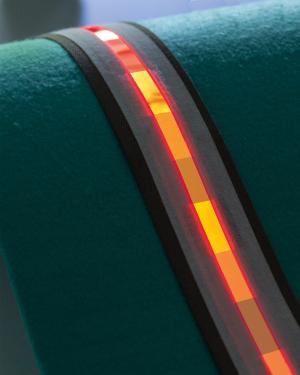
The Fraunhofer FEP produces the flexible OLED panels in a sheet-to-sheet process, and in such a way that they can be connected without creating visible interruptions to the active surface. This makes it possible to produce infinitely long OLED light strips. Each segment can be controlled individually - so that different dimming or dynamic signalling can be achieved.
The EU to continue and support the PI-SCALE / LYTEUS project
In 2016 the EU launched the PI-SCALE project, which established a European-wide roll-to-roll flexible OLED lighting pilot production line, with an aim to enable companies of all sizes to quickly and cost effectively test and scale up their flexible OLED lighting concepts. In 2018 the EU has launched a â¬14 million initiative within PI-SCALE called LYTEUS, which provides the expertise and capability required to progress an OLED lighting concept from an idea and into a commercialized product.
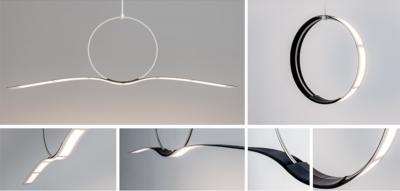
The PI-SCALE project has successfully been completed, and the Fruanhofer FEP institute now announced that following a meeting with the EU Commission representatives, it was decided that the OLED lighting pilot line services will continue to be funded, under the lead of the Fraunhofer FEP. The pilot line service will continue under the name LYTEUS.
Audi to unveil a new automotive Digital OLED taillight technology new month
Audi is set to introduce a new OLED lighting technology they call Digital OLED which uses multi-segment OLED taillight modules that can show signs and information - or just display new lighting designs. This is not a new idea, but it is interesting to see Audi's new take on it.
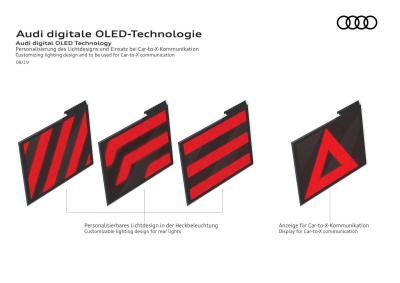
The modules use 50 red OLED triangular panels that can be controlled like a dot-matrix display. Audi will showcase this new technology at the International Symposium on Automotive Lighting in September 23rd 2019.
Pagination
- Previous page
- Page 6
- Next page



